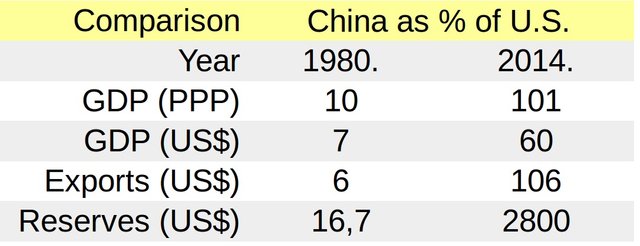The US-China trade war is more political than economic. Economic theory is largely pro-trade. But considering military tussle is not an option, the two powers are engaged in a trade war to score the many political points.
The US saw a declared socialist Bernie Sanders emerge a serious candidate for president in 2016, and he is running again. This is a new development. Socialism used to be a clearly dirty word in US politics.
Most US manufacturing jobs have been lost to automation, not China or Mexico, and that is set to accelerate, also inside China. That is an argument for abundance economics policies like Universal Basic Income and massive investments in human capital, namely education, and health.
The trade tussle might be more to do with the fact that China is now neck and neck to the size of the US economy. It might be a prestige issue.
If the Chinese economy opens up more as a result, that would be a good thing. But the more likely effect could come in the form of a global recession if there are miscalculations and the trade war goes full-fledged.
The chances of a full-fledged
trade war are low. The US and Chinese economies might more or less stay on their projected paths. The real question is, where will the US economy stand in 2020, and what would that mean for Trump politically? The US economy is projected to hit a recession this year or the next with or without the trade war.
China is not projected to replace the US as the number one power in the world. Numerous powers are projected to emerge in various parts of the world.


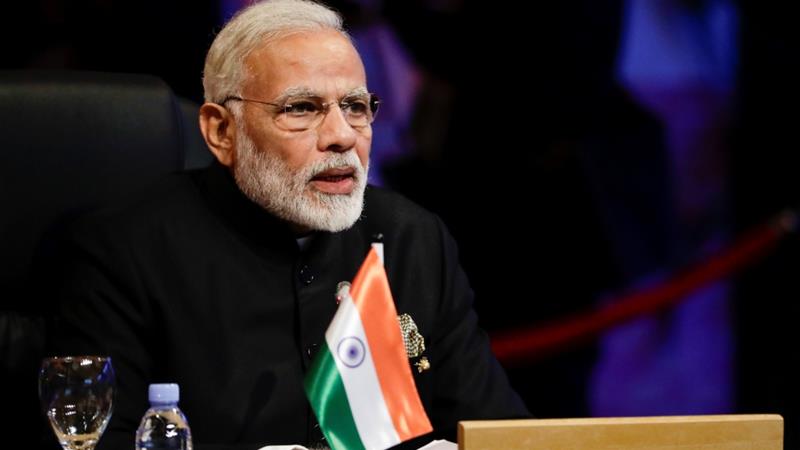
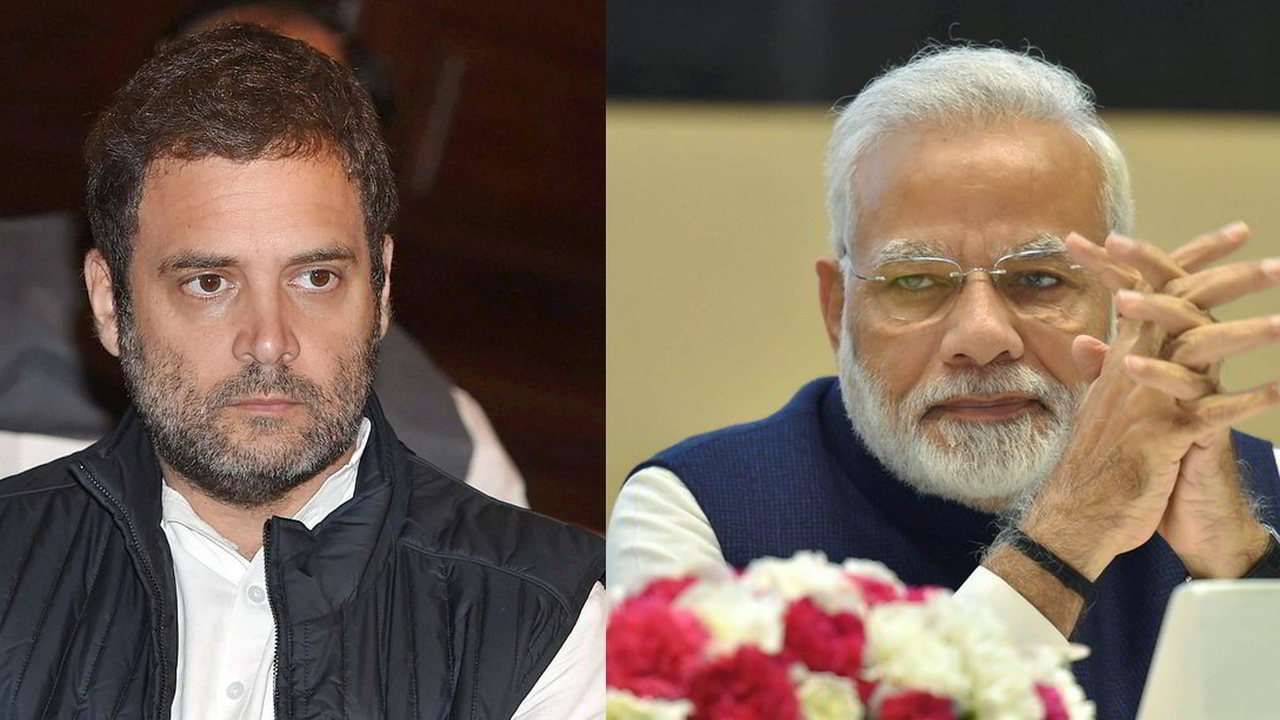

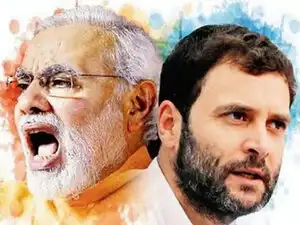
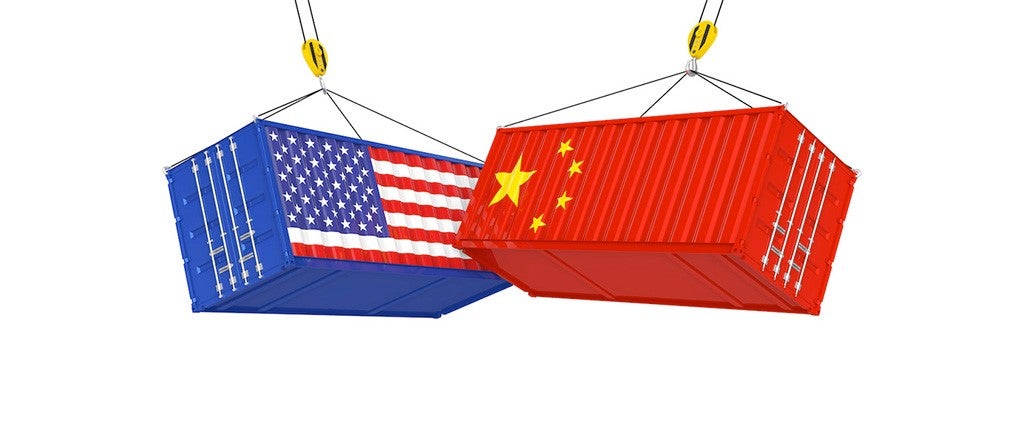



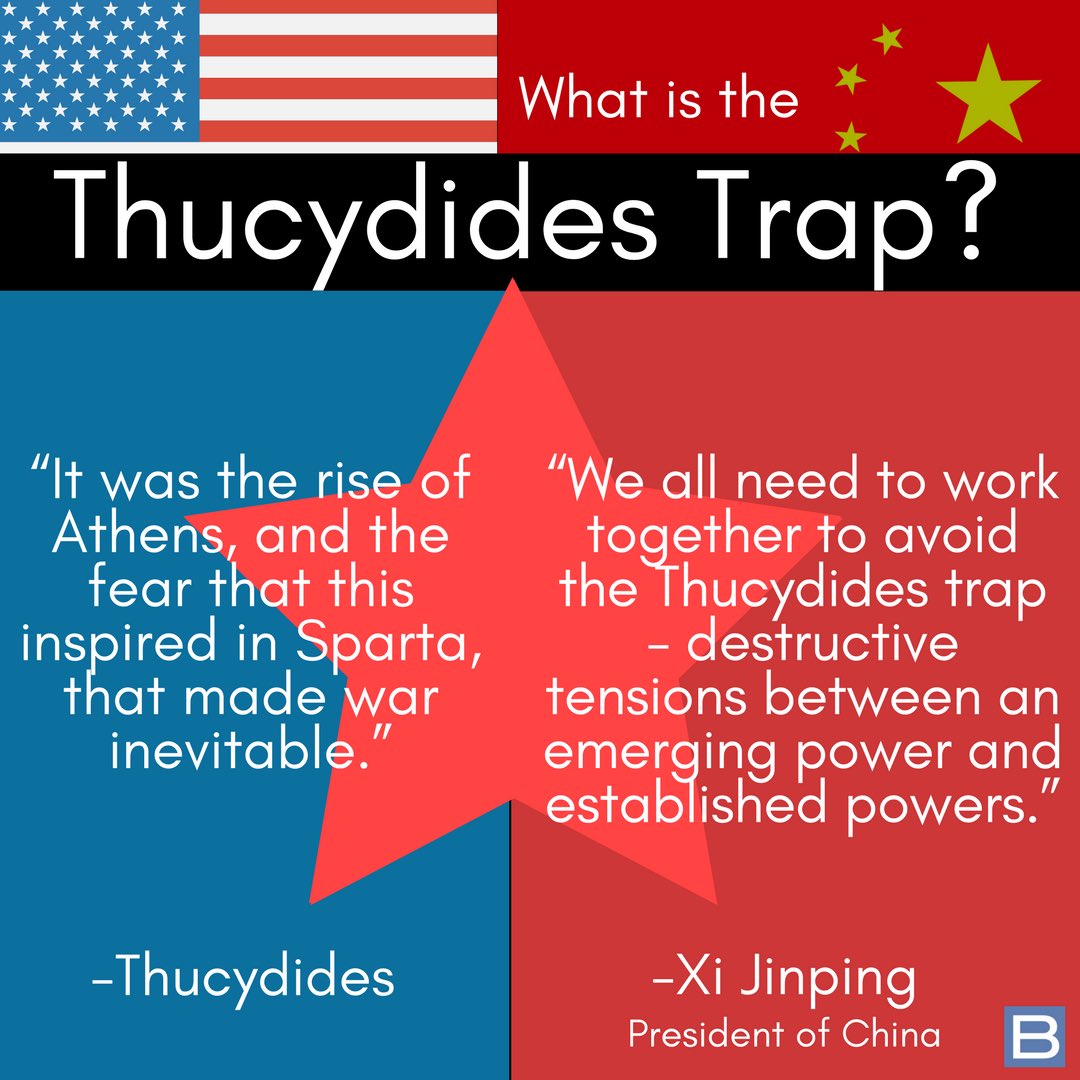



.jpg?itok=BtsavwoJ)
